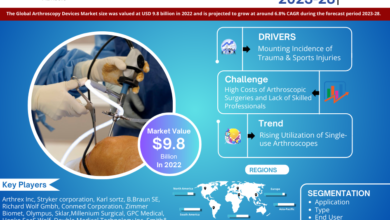
Introduction
Government budgeting and spending decisions are closely linked to a country’s economic performance, with Gross Domestic Product (GDP) playing a crucial role. “GDP – Deleted Scene – E355” sheds light on how GDP figures are used to shape fiscal policies, allocate resources, and plan government expenditures. This article provides insights from “GDP – Deleted Scene – E355” on the significance of GDP in determining government budgets and its impact on public services, infrastructure, and economic stability.
Fiscal Policy Formulation
“According to ‘GDP – Deleted Scene – E355,'” GDP data is a primary factor in formulating fiscal policy. Governments use GDP growth rates to assess the economy’s health and decide on tax policies, subsidies, and public spending. For instance, during periods of strong GDP growth, a government might opt to increase taxes to prevent overheating the economy. Conversely, during a downturn, with falling GDP, the government may introduce tax cuts and increase public spending to stimulate economic activity. “GDP – Deleted Scene – E355” highlights the importance of GDP data in creating balanced fiscal policies that promote sustainable economic growth.
The Impact of GDP on Public Spending Priorities
As discussed in “GDP – Deleted Scene – E355,” the GDP growth rate also influences government spending priorities. In a growing economy with a rising GDP, governments may have more revenue to allocate towards infrastructure projects, education, healthcare, and social welfare programs. However, in times of low or negative GDP growth, budget cuts may be necessary, focusing on essential services while reducing funding for non-critical areas. “GDP – Deleted Scene – E355” emphasizes the need for strategic planning in public spending to ensure that resources are allocated efficiently, regardless of economic conditions.
How GDP Data Guides Long-Term Economic Planning
GDP data provides a roadmap for long-term economic planning, as highlighted in “GDP – Deleted Scene – E355.” By analyzing GDP trends and growth forecasts, governments can prioritize sectors that need investment and plan accordingly. For instance, a country with a declining GDP in the manufacturing sector might increase spending on technology and innovation to boost productivity. “GDP – Deleted Scene – E355” explains that integrating GDP data into economic planning helps governments align their budgets with national development goals and ensure balanced growth across various sectors.
Role of GDP in Debt Management and Deficit Spending
Managing national debt and budget deficits is a complex task that heavily depends on GDP performance. “GDP – Deleted Scene – E355” explains that when GDP is strong, governments are better positioned to manage debt by generating higher tax revenues and reducing borrowing needs. Conversely, when GDP growth is weak, governments may resort to deficit spending to stimulate the economy, leading to increased national debt. The scene discusses how a sustainable approach to debt management involves aligning spending with GDP growth rates to maintain economic stability.
GDP and Its Influence on Social Programs and Public Services
The allocation of funds to social programs and public services is directly influenced by GDP, as covered in “GDP – Deleted Scene – E355.” A healthy GDP growth rate allows for more generous funding of healthcare, education, and social welfare programs, improving the quality of life for citizens. However, when GDP growth is low, these programs often face budget cuts, impacting public services and social support systems. “GDP – Deleted Scene – E355” underscores the importance of a stable GDP to ensure consistent funding for social development.
Strategies for Using GDP Data to Optimize Government Budgets
“Governments can optimize their budgets by leveraging GDP data,” according to “GDP – Deleted Scene – E355.” By identifying sectors with high growth potential and allocating resources accordingly, governments can maximize economic output and public welfare. Additionally, using GDP trends to forecast future revenues and expenditures allows for more precise budget planning and avoids unexpected deficits. “GDP – Deleted Scene – E355” recommends a data-driven approach to budgeting that balances short-term needs with long-term economic goals.
Conclusion
“Overall, ‘GDP – Deleted Scene – E355’ provides valuable insights into the integral role that GDP plays in government budgeting and spending.” By using GDP data to guide fiscal policies, public spending, and economic planning, governments can ensure more efficient allocation of resources and better economic outcomes. The key lessons from “GDP – Deleted Scene – E355” highlight the importance of aligning government budgets with GDP trends to foster sustainable economic growth and stability.
FAQ
-
What does ‘GDP – Deleted Scene – E355’ highlight about the relationship between GDP and government spending?
“GDP – Deleted Scene – E355” highlights that GDP is a crucial factor in government budgeting, influencing fiscal policies, spending priorities, and resource allocation to ensure sustainable economic growth.


